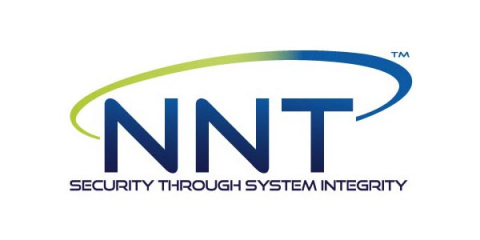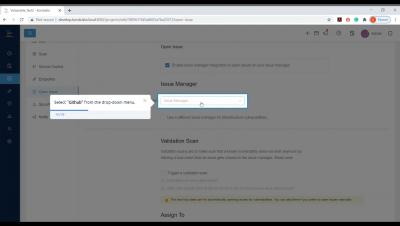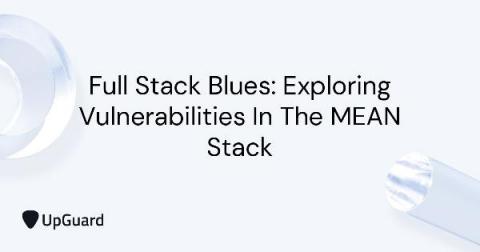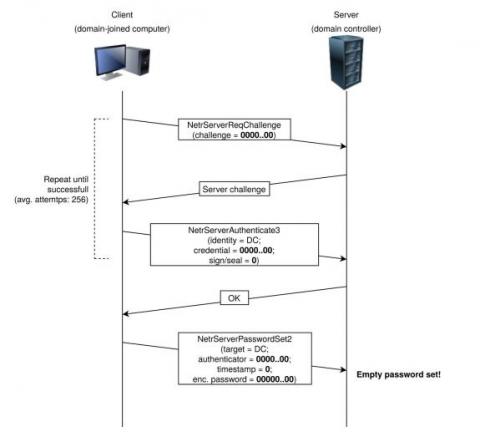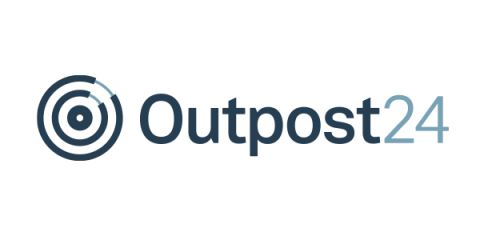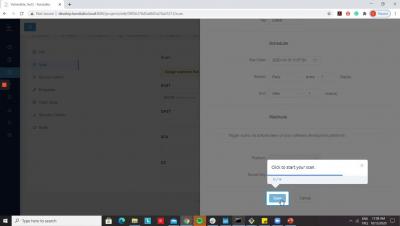When Old News is More Dangerous than Fake News: Vulnerability Scan Blind Spots
Out of all the cat videos you could watch, how do you decide which one to view first? The beauty of social media is its real-time, democratic operation. Everyone gets to vote and the content with the most shares is the People’s Choice, rightfully ‘The Best’. But we now know this Facebook-era notion of ‘most popular equals best’ is open to abuse. It turns out that a significant proportion of social media interaction is in fact, manufactured.


